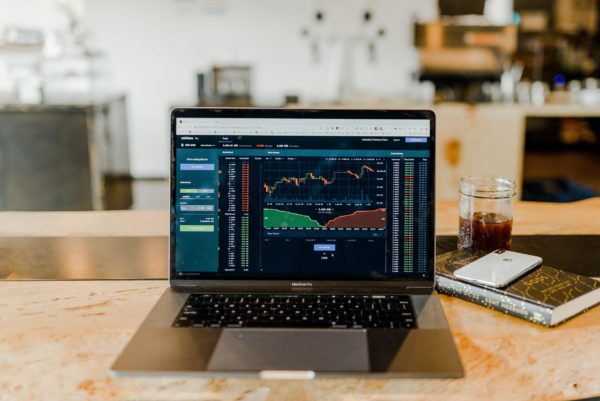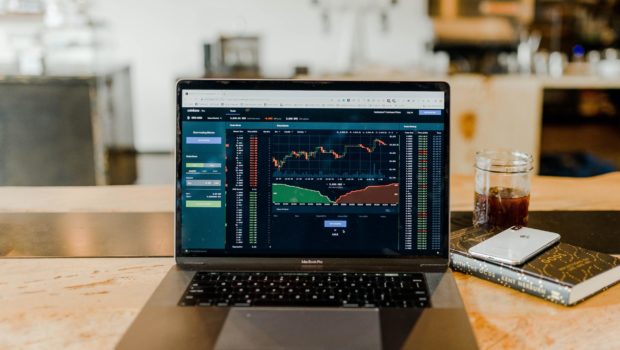A Short Guide To Understanding Market Capitalization
Small-cap trading is traditionally considered a higher risk investment. However, now may be the perfect time to consider adding them to your portfolio. Part of successful small-cap trading is understanding the timing of when to buy and when to stay clear of this part of the market.

Image Credit: Unsplash
What is market capitalization?
Market capitalization is defined as “how much a company is worth as determined by the stock market.” In short, it is the total value of all issued shares. Small-cap companies are typically considered those valued in the $300 million USD to $2 billion USD range.
Small-cap companies commonly are avoided, especially in low-risk portfolios, because of their higher volatility compared with greater valued companies. However, this volatility can be used as an asset when understood properly.
Small-cap trading has its advantages as well. For one, small-cap companies tend to perform better over time, than similar large-cap companies. In fact, S&P reports that “in the 5-year and 10-year periods to end 2016, 52% and 67% of Australian mid and small-cap funds outperformed the S&P mid-small index, respectively.”
Timing is essential
To truly maximize your potential with small-cap trading, it’s useful to look at their performance in more granular detail and, particularly, how they perform during times of heightened market volatility. Small-cap stocks are more sensitive to changes in the markets, but this can be used as an advantage when its behavior is understood.
It’s true that small-cap stocks tend to fall more rapidly during an economic crisis. Oftentimes, they can actually be a good indicator that the market is heading into a tailspin. However, it is also conversely true that they recover quicker.
A recent Forbes report indicated that small-cap stocks commonly take the lead in recovery. That means that investing just as the market begins a turnaround can give a high yield on small-cap investments.
The report specifically indicates that “after that [two-month or so bottoming process], small-caps consistently outperform large-caps for at least another six months.” Thus, while small-caps should be avoided when heading into an economic slump, they’re consistently going to outperform large-cap stocks for up to half a year after the market turns upwards towards a recovery.
Final thoughts
It’s important to remember that there is a time for smart small-cap investment. While these stocks contain more inherent risk, they also generally outperform more highly valued companies. Small-cap stocks shine best when invested in aftermarkets seem to have bottomed out. Not only that, but they will also continue to outperform large-cap stocks for some time to come afterward.
Finally, it has been noted that the outperformance of small-cap stocks over large-caps doesn’t take hold until a few months after a market recovery has started. So, bear this in mind and be patient so you don’t prematurely sell something that was just about to take off.
That being said, all warnings of small-cap volatility should not be dismissed. With higher yields generally comes higher risks. So, diversify to provide some protection. Pick some different small-caps you have had your eye on and buy when the time seems right, and the market looks ready to recover. Also, avoid focusing too much on small-cap stocks to limit exposure should the market take a sudden, unexpected downturn again.
Also, keep in mind that generalities about small-cap trading are just that. Do not let market factors be a substitute for solid research. Consider the industry and niche the small-cap business serves. An inescapable question when considering a stock purchase should always be, “is the market valuation for this company realistic?” If the company is overvalued, market trends won’t be enough to keep the stock afloat forever, and when that valuation adjustment hits, you don’t want to be the one holding the shares.
















